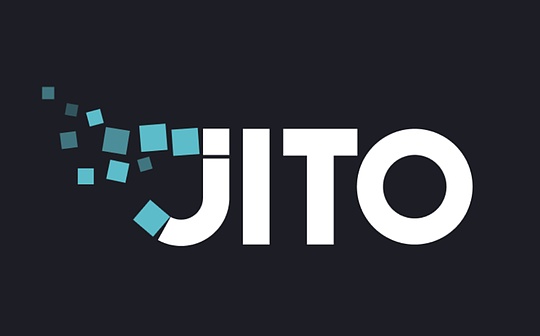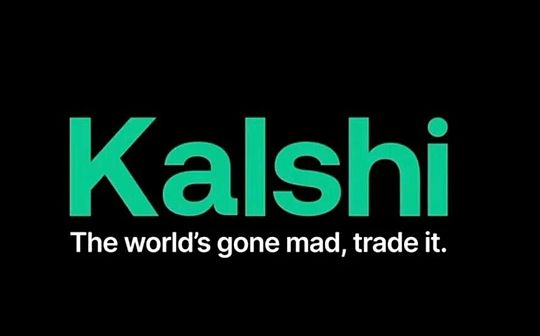
Author: RedStone and Warp.cc Marcin Kazmierczak, CoinDesk; Compiled by: Tao Zhu, Bitchain Vision
In recent years, pledge has become increasingly popular due to the growth of pledge as a service, pledge pools and liquidity re-stake.As of July 2024, Ethereum’s security budget was as high as US$110 billion ETH, accounting for about 28% of the total ETH supply.Exchanges and financial applications also commonly adopt staking capabilities, allowing people to allocate their ETH to protect the Ethereum network.Many people think that staking is a low-risk return on investment, which is attractive to ETH holders.Ethereum co-founder Vitalik Buterin holds a portion of ETH staked, although he still has a portion of ETH unstaked.
As pledges through liquid staking derivatives become more and more popular, it is necessary to better quantify the pledge returns on different platforms and their changes over time.One approach is to use the Integrated Ethereum Staking Rate (CESR) oracle information flow, a standardized on-chain Ethereum Staking Rate.This can serve as a useful benchmark when considering staking trends.It is crucial to better quantify the staking trend and consider its impact, while also pointing out the benefits of creating additional income for ETH holders.
Why should we consider reducing the issuance of ETH?
Although staking is crucial to Ethereum’s security, there are compelling reasons to demand lower ETH issuance rates.
1. Diminishing safety returns:After exceeding a certain point, the contribution of additional validators to network security will decrease.Marginal benefits will be reduced, while costs (mainly through ETH issue) will continue to rise.
2. Increased validator cost:As the number of pledges increases, operating costs such as hardware maintenance will also increase.These costs are usually passed on to users, making network maintenance more expensive.
3. Centralized risk:As large entities or staking pools control large amounts of staking ETH, centralization risk increases.This could hurt the decentralization that Ethereum seeks to maintain.
4. Dilution and inflation:Over-issuing new ETH to reward validators can lead to inflation, diluting the value of existing ETH holdings.
The future of pledge
Pledge, especially through liquidity re-polition, is developing rapidly.With Ethereum’s continuous innovation, it will become very important to better quantify trends in this market area.








